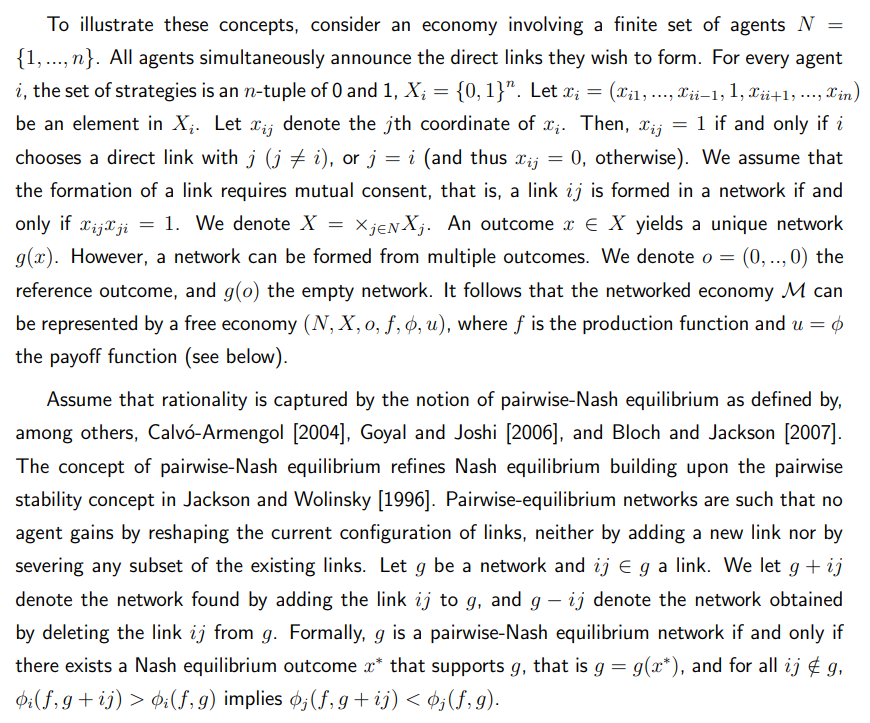Global Layer One and Chainlink Unite to Redefine Global Standards for Digital Assets

- Global Layer One (GL1) partners with Chainlink to enhance compliance in digital asset transactions.
- Cross-Chain Identity (CCID) supports secure, verified interactions across multiple blockchains.
- The partnership aims to balance global regulation with innovation in tokenized finance.
Global Layer One (GL1), an international collective of regulators and finance sector players, is taking a significant step towards harmonizing the digital asset market, as they collaborate in creating a safe and legal environment for tokenized assets using Chainlink’s Automated Compliance Engine (ACE).
Global Layer One is pushing to create common standards in order for digital assets that fall within regulations to freely function across international borders.
Through this integration, the partnership seeks to bring order to the fast-evolving tokenization landscape. By focusing on open and interoperable infrastructure, GL1’s system supports assets like tokenized deposits, securities, and stablecoins, ensuring they can move between platforms while meeting compliance requirements.
Also Read: Chainlink and Validation Cloud Partner to Advance AI-Powered Institutional DeFi
Global Layer One Enhances Compliance Through Automation
One of the focal points of the vision of GL1 is its Programmable Compliance (PC) Toolkit. This solution enables financial institutions to programmatically implement regulations in digital assets themselves. The solution is supplemented by Chainlink ACE, which makes compliance verification in real time automatic across blockchain networks.
The integrated systems also create a dynamic platform in which all transactions are screened, monitored, and executed in line with set policy thresholds. This ensures that institutions have control in compliance regulations even as they benefit from efficacy in blockchain. Unlike screening in compliance regulations in the past, this is now programmable, transparent, and even macro-enforceable in blockchain.
Integration Elevates Identity and Security Systems
One of the most important aspects of this integration is Cross-Chain Identity (CCID). CCID is an identity solution based on cryptography, which maps each participant, whether it is a regulator, an issuer, or an institution, across different blockchains. CCID enables only authenticated agents to participate in financial transactions and secure data privacy.
The CCID design ensures that sensitive data is stored off-chain, but proofs of verifiability are published on-chain. This ensures that confidentiality is maintained in a manner that does not impede regulation. The CCID design also supports interoperability because it enables credentials to be verified in more than one environment, which is an important step towards achieving compliance at an international level.
Building a Compliant Future for Tokenized Finance
Together, GL1 assists in building infrastructure for the future of digital finance, as facilitated by Chainlink. An infrastructure is now being established that fills the gap between trust in regulation and innovation in blockchain technology, and financial institutions can carry out regulated tokenized transactions, which also benefit from transparency and efficiency in blockchain.
This is more than a technological innovation, it is a platform that could inform how markets in the future could work. Common standards, secure identity, and compliance processes facilitated by GL1’s launch by Chainlink could lead to a well-structured, standardized, and efficient market for digital assets.
Also Read: Pairpoint and Chainlink Launch New Financing Model for AI Network Growth
También te puede interesar

Shiba Inu Price Forecast: Why This New Trending Meme Coin Is Being Dubbed The New PEPE After Record Presale

Trump Economy Policies Aim to Boost Growth and Ease Inflation Pressure
